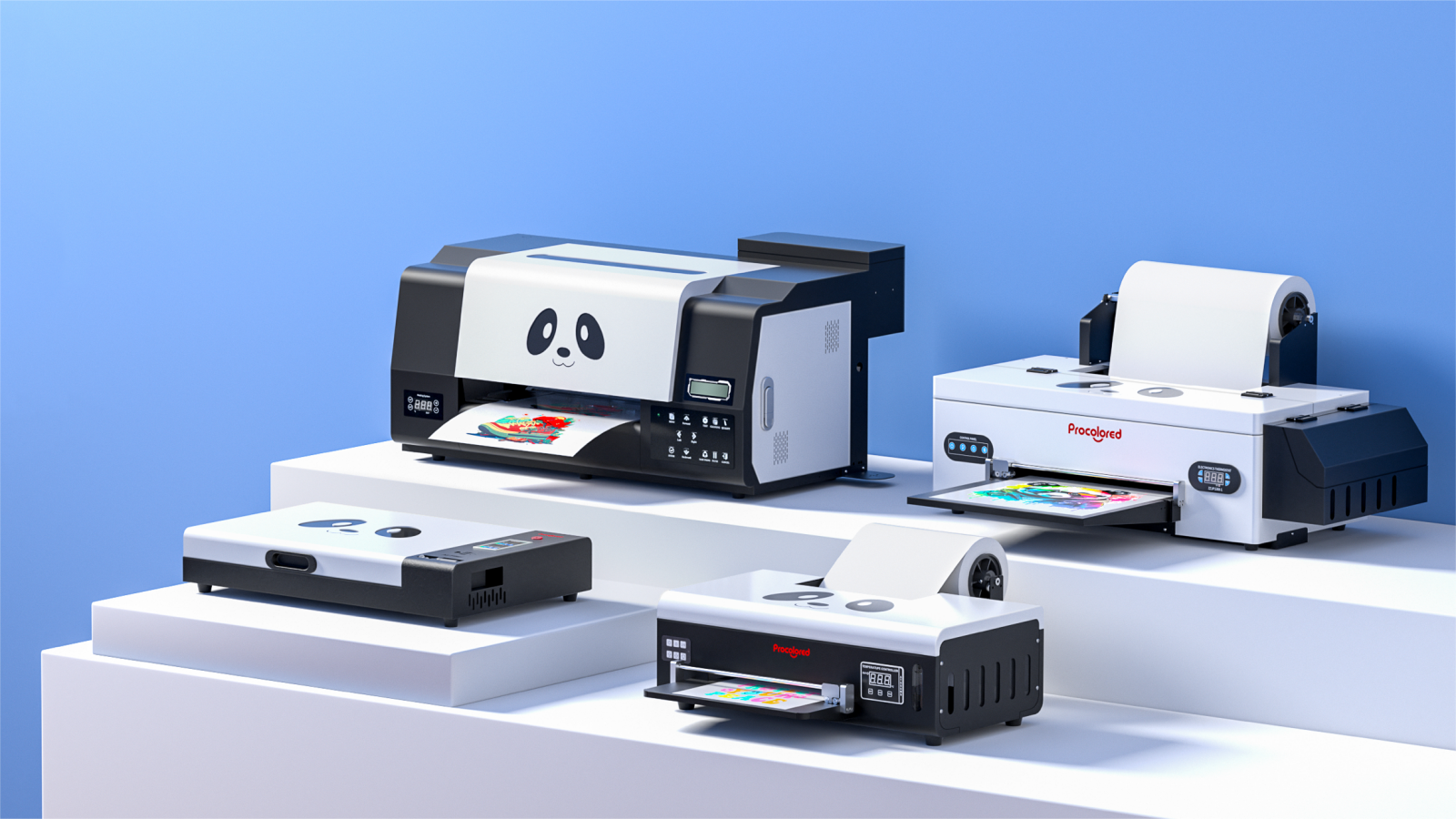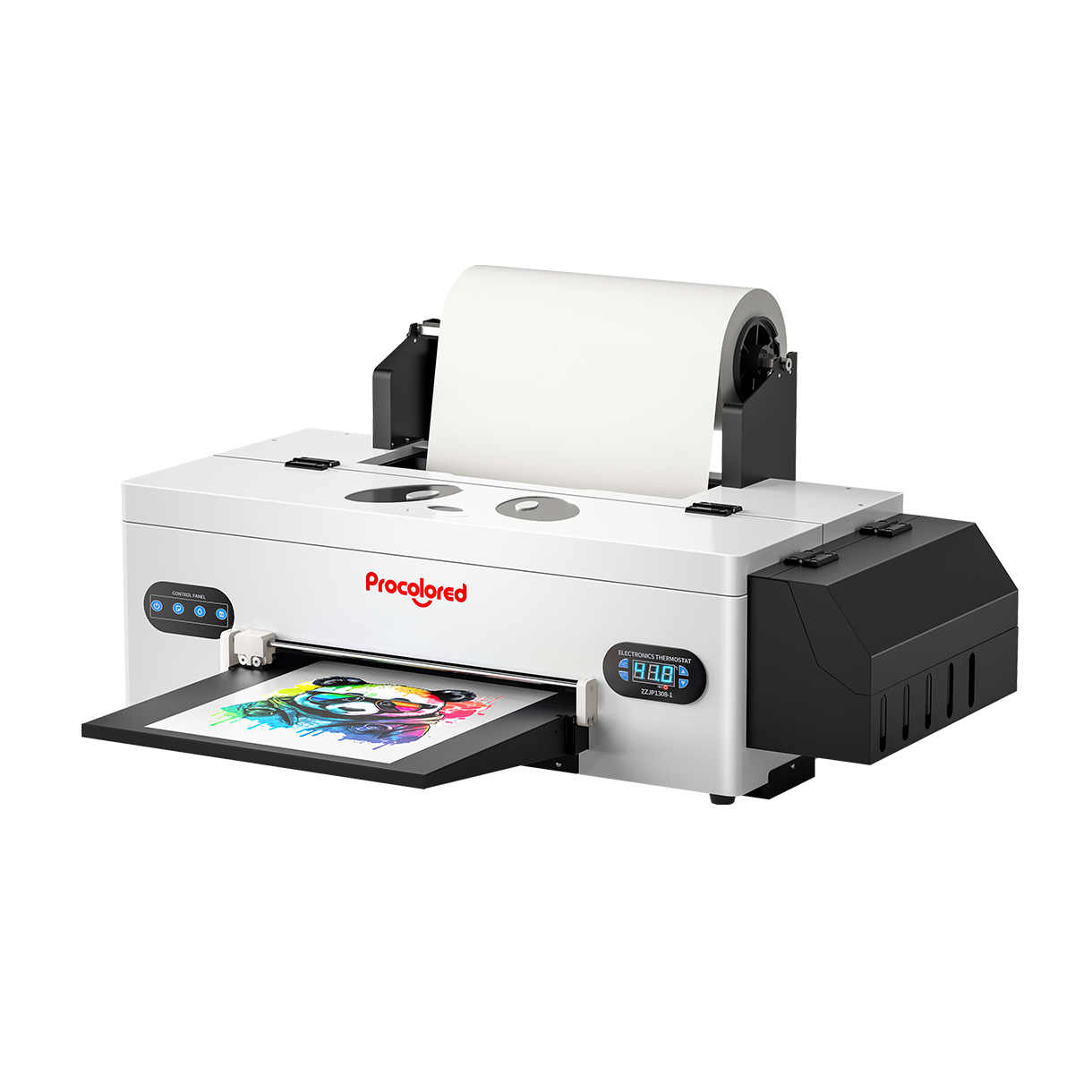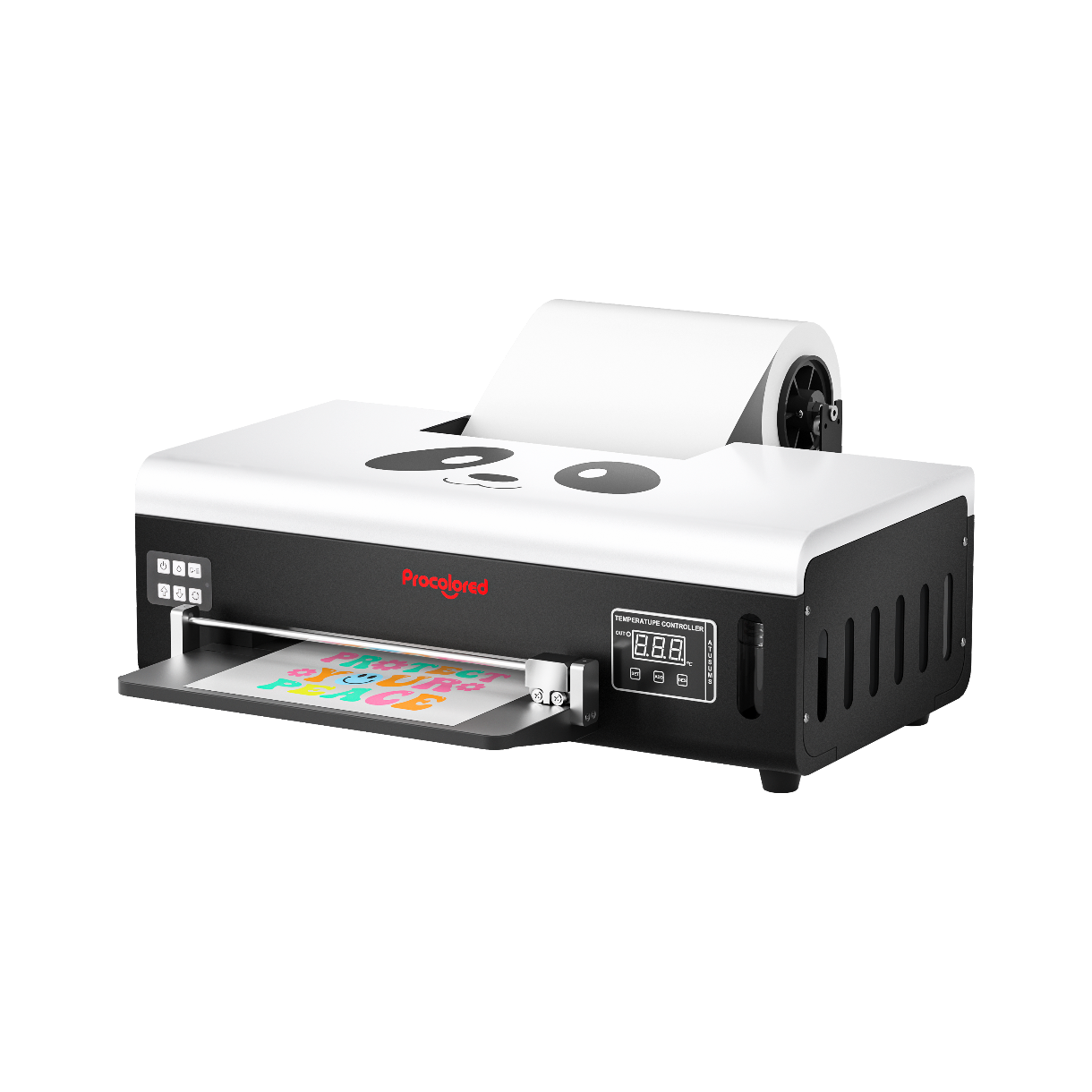Table of Contents
What Is DTF Ink?
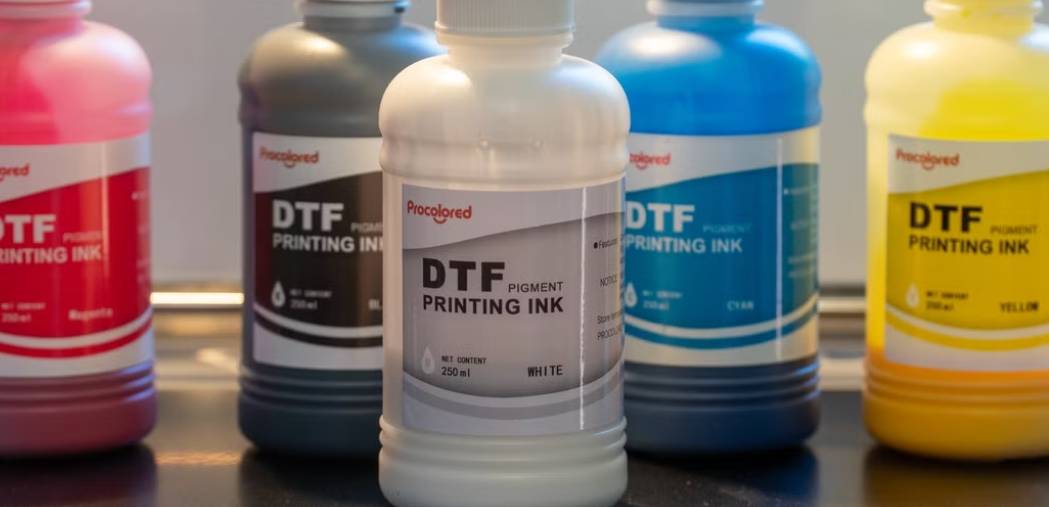
The Key Ink Components You Need to Know CMYK Pigments
Opaque White
Hot Melt Powder
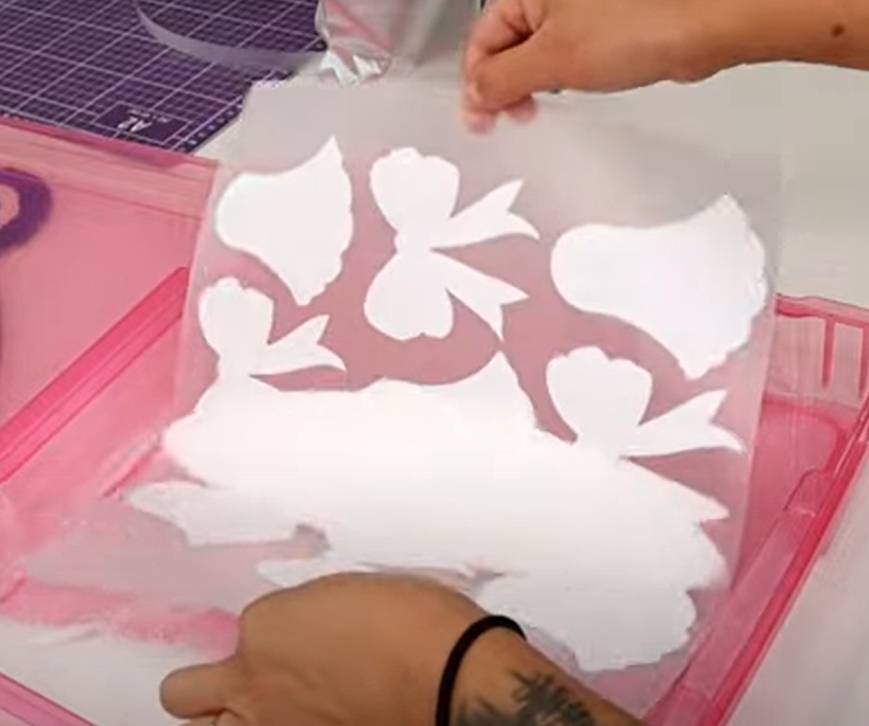
Additives for Flow and Stretch
How to Match Your Ink and Printer
The Real Cost of Ink: What You Need to Know
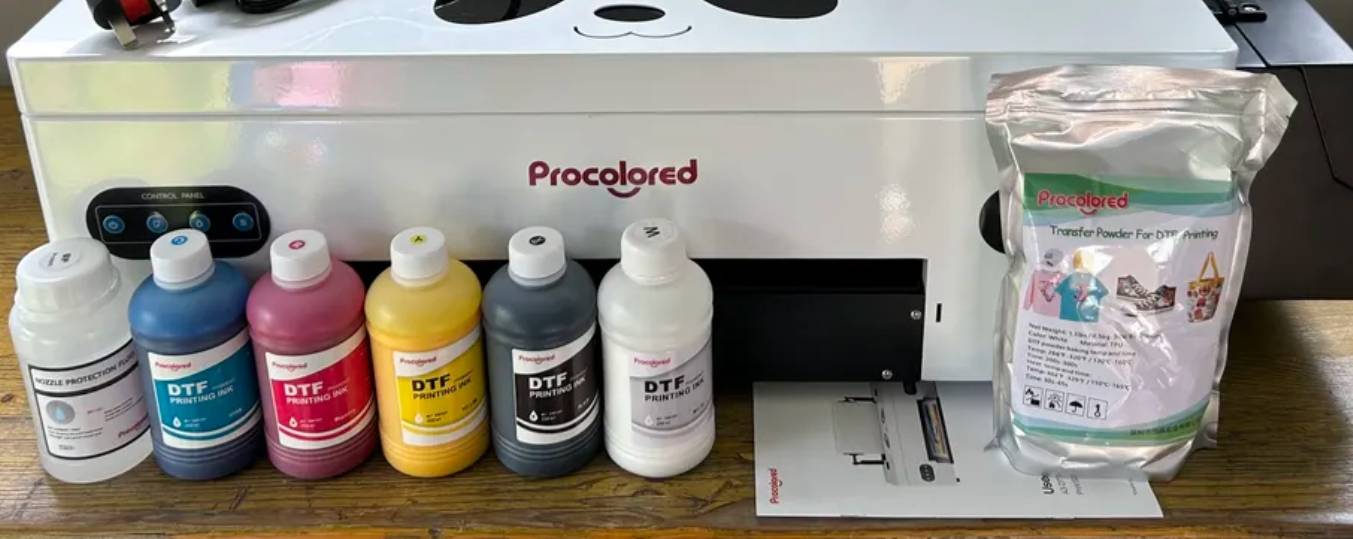
Where to Buy DTF Ink That You Can Trust
Best Practices for Storage and Care
Final Tips for Beginners
Ready to Print?

About the Author - Joyce
Joyce has worked with Procolored since the first day she joined inkjet printing career. Through continual training courses and years of working experiences, Joyce has formed a comprehensive understanding over Procolored products and a thorough knowledge of printing technologies.

About the Author - Joyce
Joyce has worked with Procolored since the first day she joined inkjet printing career. Through continual training courses and years of working experiences, Joyce has formed a comprehensive understanding over Procolored products and a thorough knowledge of printing technologies.
Subscribe
To join our mailing list
and never miss our updates!
Subscribe
To join our mailing list
and never miss a baby update!
Subscribe
To join our mailing list
and never miss our updates!

































